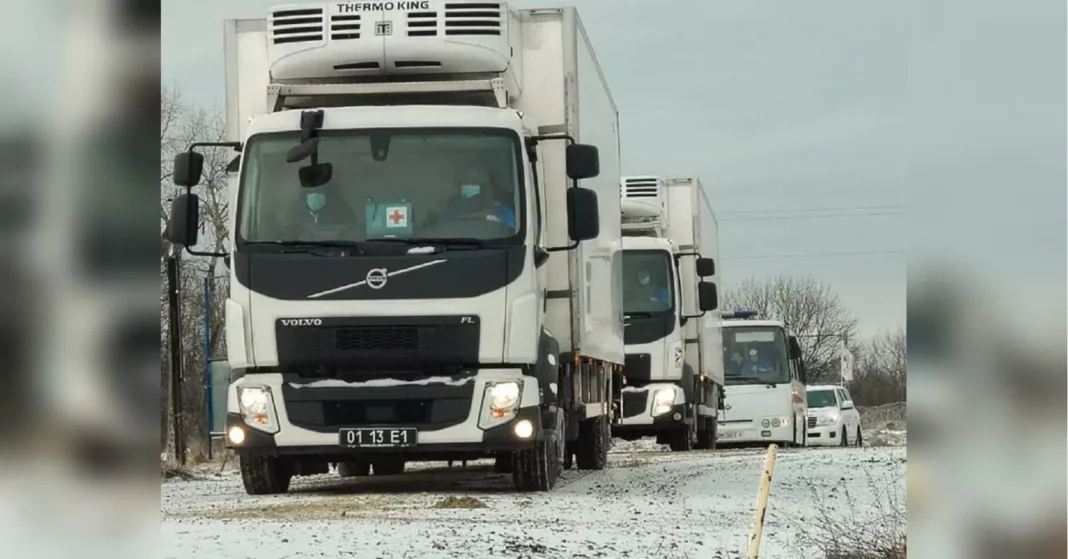After identification, they will be handed over to their families for a dignified burial.
The process of identifying victims of a tragedy or disaster is a difficult and emotional task. It requires specialized skills and resources, as well as a great deal of compassion and sensitivity. But once the process is complete, the closure and peace it brings to the families of the victims is immeasurable.
In the aftermath of a disaster, whether it be a natural disaster or a man-made one, the first priority is always to save lives and provide immediate aid to those affected. But once the initial chaos has settled, the process of identifying the victims begins. This involves collecting any available information, such as dental records, DNA samples, and personal belongings, and comparing it to a database of missing persons. It can be a long and painstaking process, but it is crucial in order to bring closure to the families of the victims.
Once a victim has been positively identified, their remains are then handed over to their families for a dignified burial. This is an important step in the grieving process for the families, as it allows them to say goodbye and honor their loved ones in a meaningful way. It also provides a sense of closure and helps them to begin the healing process.
In some cases, the remains may be too damaged or fragmented to be identified through traditional methods. In these situations, forensic experts may use advanced techniques, such as facial reconstruction or isotopic analysis, to help determine the identity of the victim. These methods may not provide a definitive identification, but they can still provide valuable information and bring some closure to the families.
The process of identifying and returning the remains of victims to their families is not only important for the families themselves, but it also serves a larger purpose in society. It allows us to honor and respect the lives that were lost, and to acknowledge the impact of the tragedy on the community as a whole. It also serves as a reminder to take necessary precautions and measures to prevent similar disasters from happening in the future.
In recent years, there have been several high-profile disasters that have required the identification and return of victims to their families. One such example is the 2018 Lion Air plane crash in Indonesia, where all 189 passengers and crew members tragically lost their lives. The process of identifying the victims and returning their remains to their families took several months, but it was a crucial step in helping the families find closure and begin to heal.
In another example, the 2011 earthquake and tsunami in Japan resulted in the loss of over 15,000 lives. The identification process was complicated by the fact that many of the victims were swept out to sea and their remains were not immediately recoverable. However, through the use of DNA analysis and other methods, the majority of the victims were eventually identified and returned to their families for proper burial.
The process of identifying and returning the remains of victims is a difficult and emotional one, but it is a necessary step in the aftermath of a disaster. It provides closure and peace to the families of the victims, and serves as a reminder to society of the value of human life. It is a testament to the resilience and compassion of humanity, as we come together to honor and remember those who have been lost.

